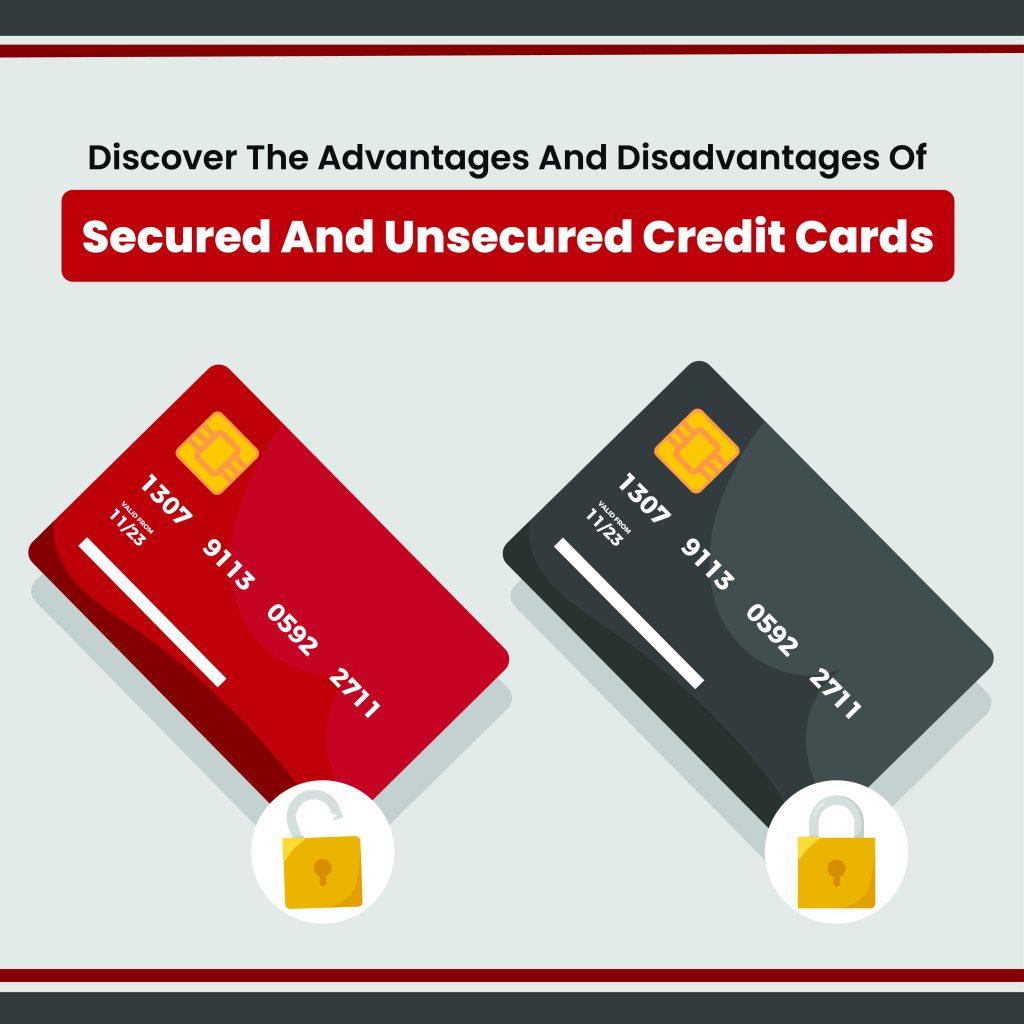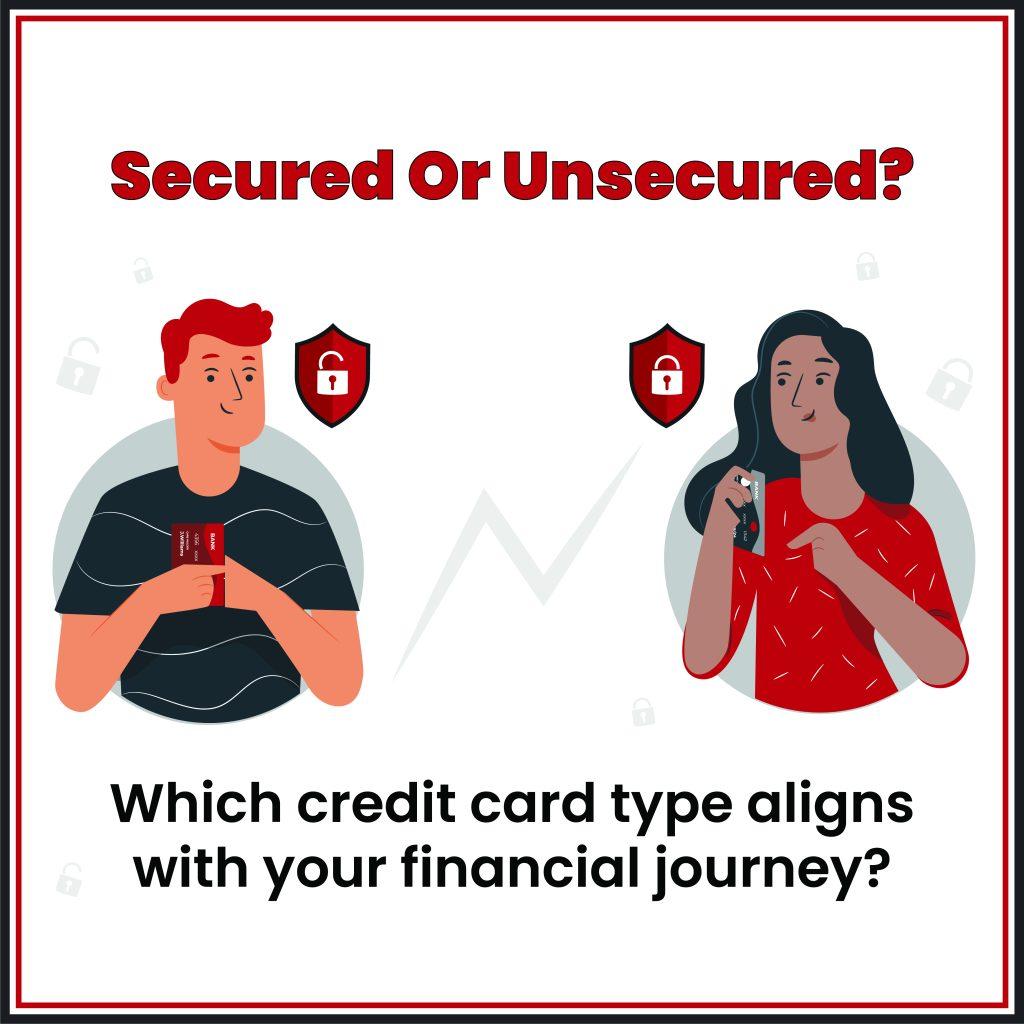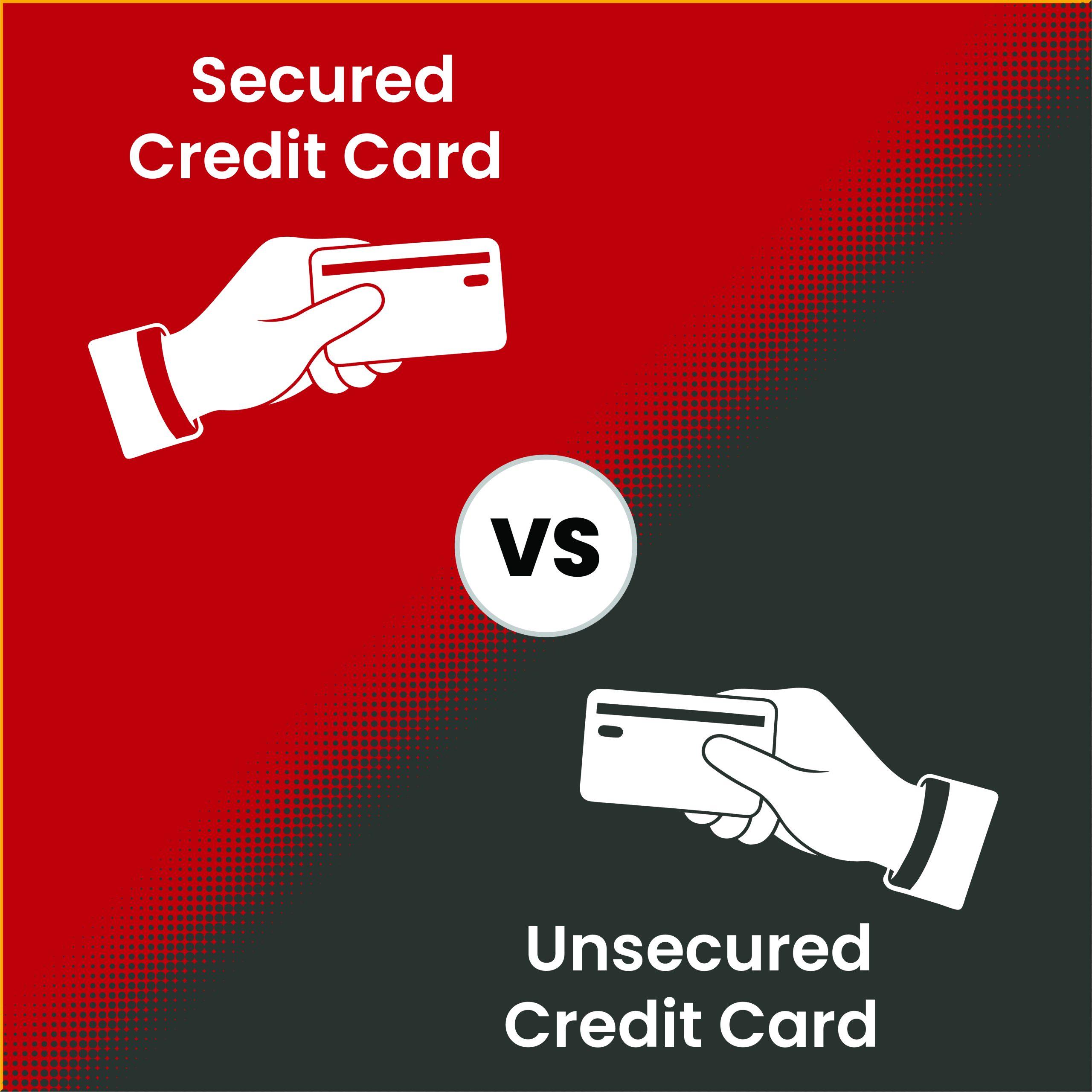Credit cards have become an essential part of managing personal finances in Canada. Whether you’re looking to earn cash back, build your credit, or enjoy perks like travel rewards, there’s a card designed to suit different financial needs. However, when it comes to choosing between a secured credit card and an unsecured credit card, many Canadians find themselves unsure which one is best suited for them.
While both types of cards allow you to make purchases and improve your credit score, they function in very different ways. Understanding these key differences is crucial to making an informed decision that aligns with your financial goals.
The Basics of a Secured Credit Card
A secured credit card is designed for individuals seeking to establish or rebuild their credit. Unlike traditional credit cards, a secured card requires a security deposit as collateral. This deposit serves as a safeguard for the issuer, mitigating the risk in the event that the cardholder fails to make payments. The amount deposited typically determines the credit limit, meaning if you put down $500, your spending limit is often the same.
For many Canadians, a secured card serves as a stepping stone to improved financial health. If you have no credit history, poor credit, or a history of missed payments, obtaining approval for a standard cash back card or rewards credit card can be challenging. Secured credit cards offer a means to demonstrate creditworthiness and gradually qualify for more favourable financial products.
How an Unsecured Credit Card Works
An unsecured credit card, on the other hand, is what most people think of when they hear the term “credit card.” This type of card does not require a deposit because approval is based on the applicant’s credit score, income, and financial history. The credit card issuer assumes the risk, enabling cardholders to spend within their pre-approved credit limit.
Unsecured cards come in various forms, from top-rated cash back credit cards to premium Amex cash back options. Many of these cards offer reward programs, travel benefits, and sign-up bonuses, making them attractive to Canadians who have already established a solid credit history. Unlike secured cards, they do not require an upfront deposit, but they do come with stricter approval criteria, often requiring a good to excellent credit score.
Key Differences Between Secured and Unsecured Credit Cards
At first glance, the primary distinction between a secured and an unsecured credit card is the requirement for a security deposit. However, the differences extend beyond this.
A secured credit card is primarily used as a tool for building credit. In contrast, an unsecured credit card is generally designed for those with established credit who want to take advantage of perks, rewards, and higher spending limits. The fees, interest rates, and eligibility requirements also vary significantly between the two types of cards.

For instance, most secured credit cards have slightly higher interest rates than unsecured cards. Since they cater to individuals with lower credit scores, lenders compensate for the risk by charging higher interest rates. However, with responsible use, a secured credit card can be a short-term solution. Once you establish a positive payment history, you can upgrade to an unsecured credit card and reclaim your deposit.
On the other hand, unsecured credit cards come with more financial flexibility. Many offer cash back rewards, travel points, and purchase protections. Some of the best cash back card options in Canada offer up to 5% back on select purchases, making them a great choice for frequent credit card users.
When Should You Choose a Secured Credit Card?
A secured credit card is an excellent financial tool for individuals seeking to establish or improve their credit. Unlike traditional credit cards, which extend a line of credit based on your creditworthiness, a secured credit card requires a refundable security deposit. This deposit acts as collateral and typically determines your credit limit. The primary purpose of a secured card is to help cardholders establish a positive credit history and demonstrate responsible credit usage.
A secured credit card is the right choice if:
- You are new to credit and need to establish a credit history.
If you have never had a credit card or loan, you likely don’t have a credit score. Lenders rely on credit history to assess your ability to manage debt responsibly. A secured credit card provides an opportunity to build a credit profile from scratch by making small purchases and paying them off on time. - You have a low credit score and need a way to rebuild it.
If you’ve made financial mistakes in the past—such as late payments, defaulted loans, or high credit utilization—your credit score may be too low to qualify for a traditional credit card. A secured credit card allows you to demonstrate improved financial habits, gradually increasing your score over time. - You have been denied traditional credit cards and need an alternative.
Many credit card issuers have strict approval requirements, including minimum credit scores and income thresholds. If you’ve applied for an unsecured card and been denied, a secured credit card can be a viable solution. Since the security deposit reduces risk for the lender, approval is much easier. - You want to learn responsible credit use before moving on to an unsecured card.
If you’re not yet comfortable managing credit, a secured credit card provides a controlled environment to practice good financial habits. Since your credit limit is based on your deposit, overspending is less of a risk. By using your card for small, necessary expenses and paying off the balance in full each month, you can build confidence in your credit management skills.
To maximize the benefits of a secured credit card, it’s essential to use it responsibly. This means:
- Making on-time payments – Your payment history is the most significant factor in determining your credit score. Paying at least the minimum amount due before the due date ensures your positive payment history is reported to credit bureaus.
- Keeping your balance low relative to your credit limit – Credit utilization, or the percentage of available credit you’re using, also impacts your score. Ideally, you should keep utilization below 30%, meaning if your credit limit is $500, your balance should not exceed $150.
- Regularly monitoring your credit score – Many secured credit cards offer free access to credit score tracking. Regularly checking your credit score enables you to monitor your progress and make adjustments as needed.
- Upgrading to an unsecured card when possible – Some credit card issuers offer the ability to transition from a secured to an unsecured card after demonstrating responsible usage for a certain period. Others may automatically review your account and refund your deposit once you qualify for an unsecured credit line.
Over time, maintaining positive credit behaviour will improve your credit score, enabling you to qualify for better financial products. The goal is to use a secured credit card as a stepping stone, eventually moving on to an unsecured card with higher limits, better rewards, and lower fees.
When Is an Unsecured Credit Card a Better Choice?
An unsecured credit card is the most common type of credit card used by most people. Unlike a secured credit card, an unsecured card does not require a security deposit and extends a line of credit based on your creditworthiness. These cards often come with additional perks, such as rewards programs, sign-up bonuses, and travel benefits.
If you already have a good credit score, an unsecured credit card is the better option. You’ll be able to take advantage of various benefits without tying up money in a security deposit.
An unsecured credit card is ideal if:
- You have a solid credit score and meet income requirements.
Most unsecured credit cards require a minimum credit score and proof of income to qualify. A higher credit score can help you secure a lower interest rate, a higher credit limit, and access to premium rewards programs. - You want to earn cash back or travel rewards.
Many unsecured credit cards offer rewards on everyday purchases. If you’re disciplined about paying off your balance in full each month, you can earn cash back, airline miles, or points that can be redeemed for statement credits, travel perks, or merchandise. - You plan to use your credit card for everyday spending and pay off the balance in full each month.
Responsible credit card usage means avoiding interest charges by paying off your balance in full before the due date. If you can manage this, an unsecured credit card allows you to maximize rewards and take advantage of interest-free borrowing. - You qualify for a card with low interest rates and no annual fees.
Some unsecured credit cards charge high interest rates or annual fees, but if you have good credit, you can find cards with competitive rates and no fees. Choosing a card with low costs ensures that unnecessary expenses don’t offset any rewards earned.
For example, an Amex cash back card can help maximize your spending by earning cash rewards on groceries, gas, and dining. If you prefer to travel, an unsecured travel rewards card can accumulate points for flights, hotel stays, and vacation perks.
Additional benefits of unsecured credit cards include:
- Sign-up bonuses: Many credit cards offer a welcome bonus when you meet a minimum spending requirement within the first few months. These bonuses can be worth hundreds of dollars in cash back, travel credits, or rewards points.
- Introductory 0% APR offers: Some cards provide an interest-free period on purchases or balance transfers, making them a smart choice for financing more significant expenses.
- Fraud protection and purchase insurance: Most unsecured credit cards offer protection against unauthorized transactions, extended warranties, and coverage for lost or damaged purchases.
- Higher credit limits: Since unsecured cards do not require a deposit, they typically come with higher credit limits, providing more flexibility in spending.
However, an unsecured credit card is only a good choice if you are disciplined about managing your finances. Carrying a high balance or making late payments can lead to high interest charges, late fees, and potential damage to your credit score.

Ultimately, the right credit card depends on your financial goals, credit history, and spending habits. If you’re just starting out or rebuilding your credit, a secured credit card is a great first step. Once you’ve established a solid credit foundation, transitioning to an unsecured card with better perks and rewards can help you maximize the value of your spending.
How to Transition from a Secured to an Unsecured Credit Card
For many Canadians, a secured credit card serves as a temporary solution. Once you demonstrate responsible credit use, most financial institutions will allow you to upgrade to an unsecured credit card.
To make this transition smooth:
- Make consistent, on-time payments. Late payments negatively impact your credit score.
- Keep your credit utilization low. Try to use no more than 30% of your available credit limit.
- Monitor your credit score. Many banks and financial institutions offer free credit score tracking.
- Check your eligibility for an unsecured card. Once your score improves, you can apply for a cash back card or a rewards credit card.
Once you qualify for an unsecured card, your security deposit will be refunded, and you can start enjoying better financial benefits.
Choosing the Right Credit Card for Your Needs
Deciding between a secured credit card and an unsecured credit card depends on where you are in your financial journey. If you’re starting fresh or recovering from past financial mistakes, a secured card provides a structured way to rebuild your credit. If you already have good credit, an unsecured card will offer more value through rewards, perks, and lower fees.
Understanding how each card works and aligning it with your financial goals ensures that you maximize benefits while maintaining a healthy credit profile. Whether you’re working towards better financial stability or simply looking for the top-rated cash back credit cards, making an informed decision will put you on the path to smart credit management.
Where To Apply For The Best Canadian Credit Cards?
Great Canadian Rebates is an online platform that allows members to compare credit card options available in Canada and apply for the one that best suits their financial and lifestyle needs. It’s free to join, and Members can also choose from over 700 well-known merchants and take advantage of great rebates, deals, and discounts.
Visit the website today for more information.


